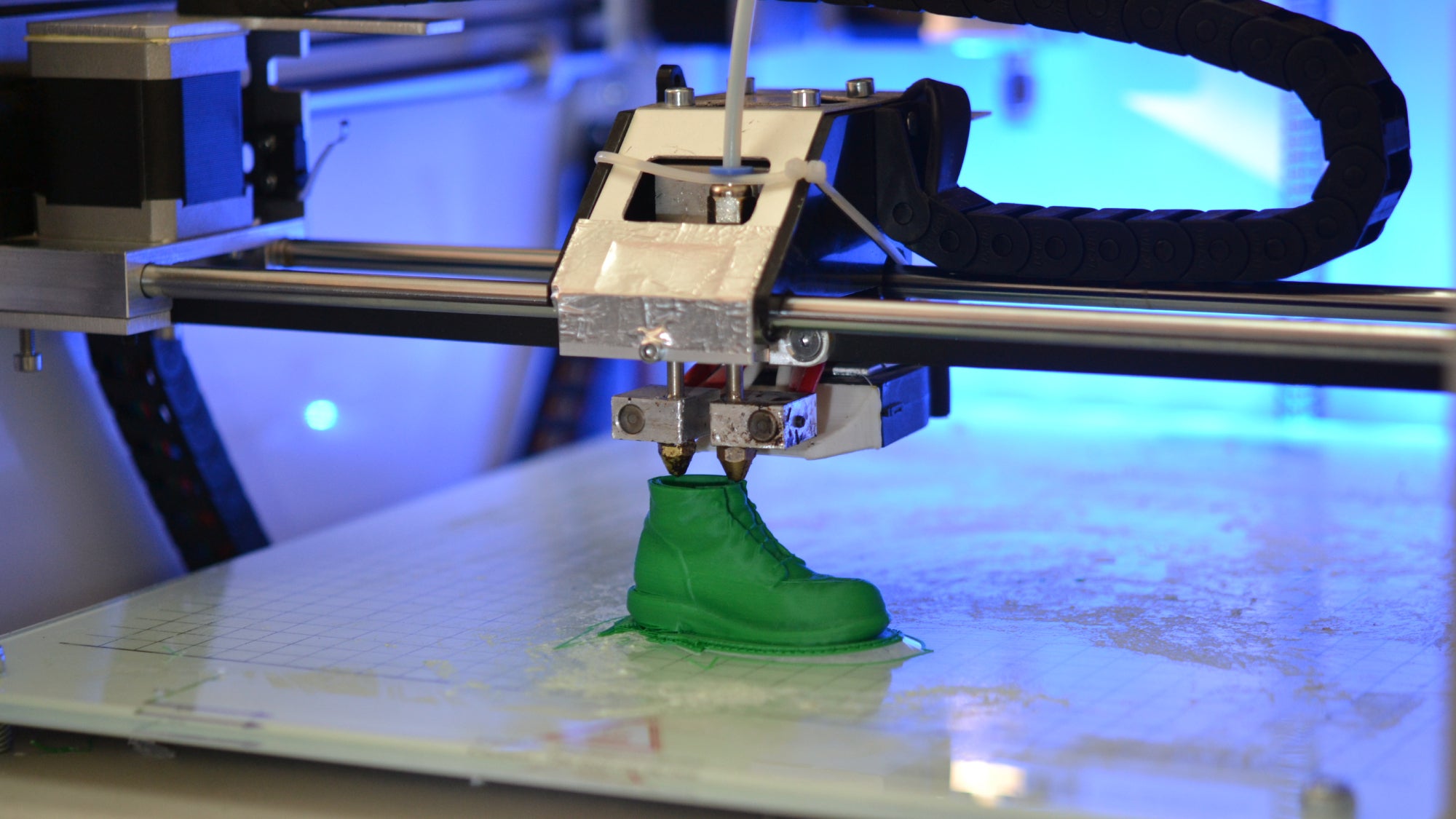Unveiling the Drawbacks of PETG: A Comprehensive Analysis
PETG (Polyethylene Terephthalate Glycol) is a popular thermoplastic material known for its versatility and wide range of applications. However, like any other material, PETG also has its disadvantages that need to be considered. In this article, we will delve into the drawbacks of PETG, exploring its limitations and potential challenges faced by users. By understanding these disadvantages, you can make informed decisions when choosing materials for your projects.
- Limited Heat Resistance:
One of the primary disadvantages of PETG is its limited heat resistance compared to other thermoplastics. While PETG can withstand moderate temperatures, it starts to soften and deform at higher temperatures. This limitation restricts its use in applications that require exposure to extreme heat, such as automotive components near engines or parts used in industrial settings with high-temperature environments. - Susceptibility to UV Degradation:
PETG is prone to UV degradation, meaning it can deteriorate when exposed to prolonged sunlight or UV radiation. Over time, this can result in discoloration, reduced mechanical properties, and decreased overall lifespan of PETG-based products. To mitigate this issue, manufacturers often add UV stabilizers to PETG formulations, but prolonged exposure to UV rays can still have an impact. - Lower Chemical Resistance:
While PETG exhibits good resistance to many chemicals, it is not as chemically resistant as some other thermoplastics like PEEK or PTFE. PETG may experience chemical attack or degradation when exposed to certain solvents, acids, or alkalis. Therefore, it is crucial to consider the specific chemical environment in which PETG will be used and ensure compatibility with the intended application. - Relatively High Water Absorption:
Compared to some other thermoplastics, PETG has a relatively high water absorption rate. This can lead to dimensional changes, reduced mechanical properties, and potential degradation when exposed to high humidity or immersed in water for extended periods. It is essential to consider these factors when designing and selecting PETG for applications that involve exposure to moisture. - Limited Availability of Specialty Grades:
While PETG is widely available in standard grades, the availability of specialty grades with enhanced properties can be limited. For specific applications that require exceptional strength, chemical resistance, or other specialized characteristics, alternative materials may need to be considered. It is important to evaluate the suitability of PETG for your specific requirements and explore other options if necessary.
Conclusion:
PETG is a versatile thermoplastic material with numerous advantages, but it also has its limitations. Understanding the disadvantages of PETG, such as limited heat resistance, susceptibility to UV degradation, lower chemical resistance, higher water absorption, and limited availability of specialty grades, is crucial for making informed decisions in material selection. By considering these drawbacks alongside the benefits, you can determine whether PETG is the right choice for your project and explore alternative materials when needed.

Post Comment